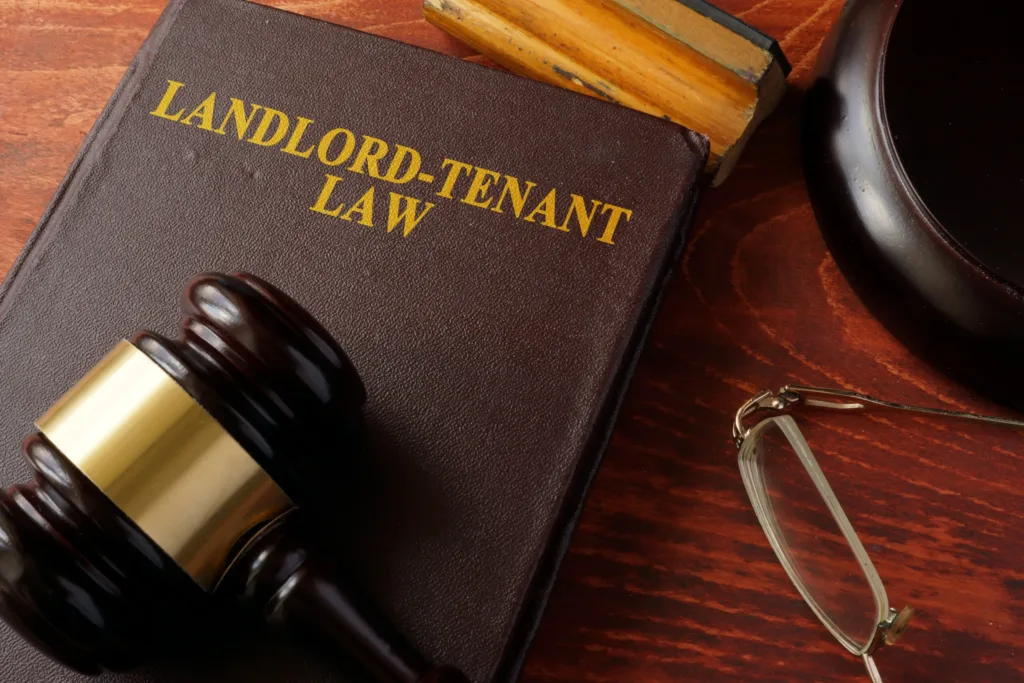Home » Learn about eviction
How Does Eviction Work in Texas?
Understanding the Steps of the Eviction Process in Dallas Fort-Worth Texas
The eviction process in Texas is a legal procedure designed to help landlords regain possession of their property under specific circumstances, primarily non-payment of rent or violation of lease terms. This process is governed by Texas law and requires landlords to follow a series of steps meticulously to ensure the eviction is lawful and enforceable. Here, we break down the key stages of the eviction process in Texas to provide a clear understanding for landlords, rental owners, and property managers navigating this challenging situation.

Notice to Vacate
The first step in the eviction process in Texas is for the landlord to provide the tenant or squatter with a written “Notice to Vacate.” This notice must be delivered at least three days before filing an eviction suit, unless the lease specifies a different time frame. The notice can be delivered in person, by mail, or by leaving it at the premises. It must inform the tenant of the reason for eviction and state that failure to vacate the premises will result in legal action.
Filing the Eviction Suit
If the tenant does not comply with the Notice to Vacate, the landlord can proceed to file an eviction suit, also known as a forcible entry and detainer suit, at the local Justice of the Peace Court (e.g. Denton county JP court). The suit must be filed in the precinct where the property is located. Filing fees will apply, and the landlord must provide all necessary documentation, including the lease agreement and the Notice to Vacate.
Court Hearing
After the eviction suit is filed, the court will set a hearing date, typically within two weeks. Both the landlord and the tenant will have the opportunity to present their case before a judge. Landlords must prove their case for eviction, while tenants have the right to contest the eviction by providing their evidence and arguments.
Judgment and Writ of Possession
If the judge rules in favor of the landlord, a judgment will be issued, and the tenant will be given a few days (usually five) to vacate the property voluntarily. If the tenant fails to leave, the landlord can request a “Writ of Possession,” which authorizes the local sheriff or constable to remove the tenant and their belongings from the property.
Executing the Writ of Possession
The final step in the eviction process in Texas involves executing the Writ of Possession. Law enforcement officials will post a notice on the property informing the tenant that they will be forcibly removed within 24 to 48 hours. When the time comes, the officials will oversee the removal of the tenant and their possessions, allowing the landlord to regain control of the property.
Important Considerations
- Legal Requirements: Landlords must carefully adhere to all legal requirements and procedures outlined by Texas law to avoid delays or legal challenges to the eviction.
- Tenant Rights: Tenants have specific rights during the eviction process, including the right to receive proper notice, to contest the eviction in court, and to appeal an eviction judgment.
- Seek Legal Advice: Due to the complexity of eviction laws and the potential for legal pitfalls, landlords are advised to seek legal counsel or assistance from experienced professionals, like NTX Eviction, to navigate the eviction process in Texas effectively.
Understanding the eviction process in Texas is crucial for landlords seeking to resolve tenant issues lawfully and efficiently. By following the prescribed steps and seeking expert assistance when needed, landlords can navigate this process with confidence, ensuring their property rights are protected.
Have more questions? Check out our FAQ page
